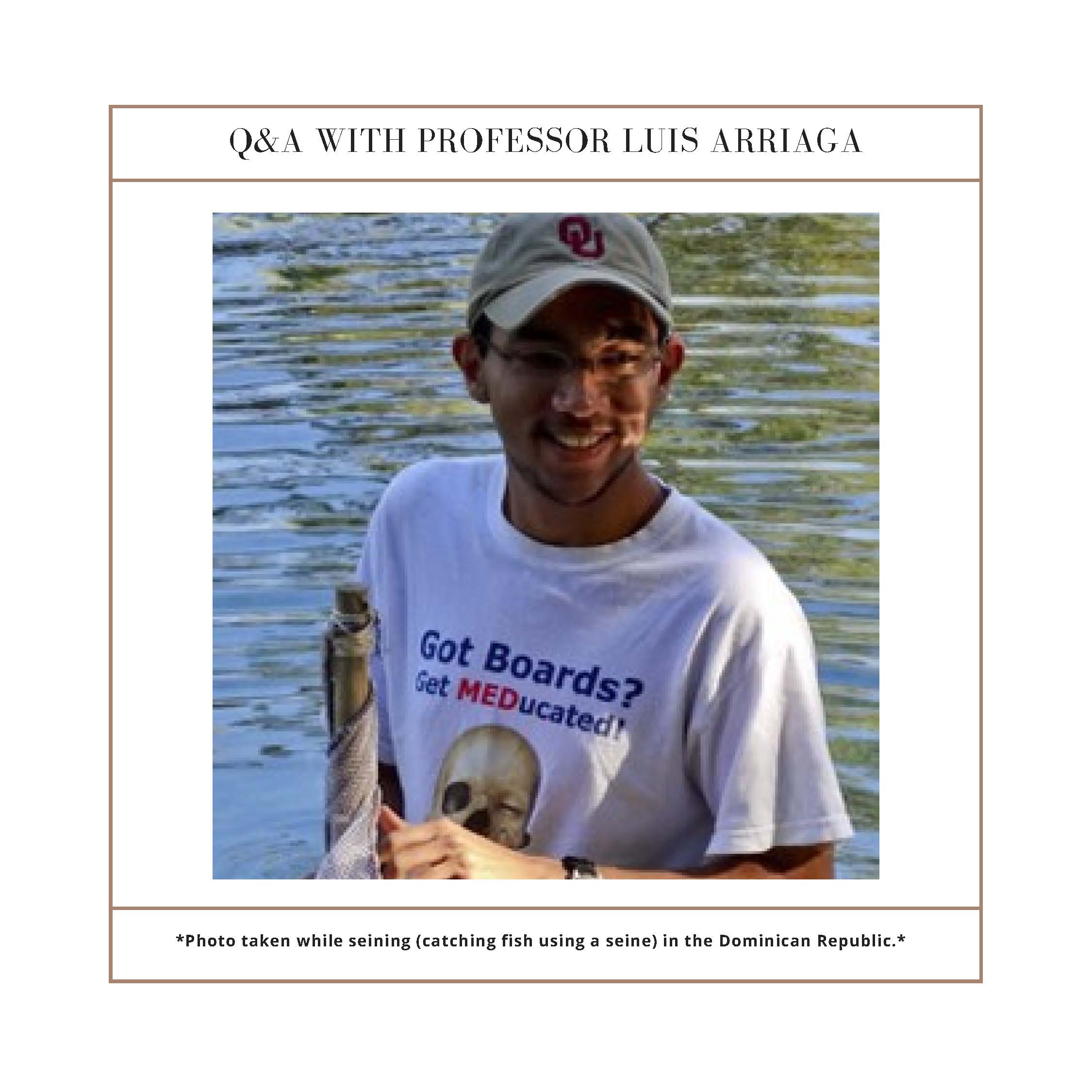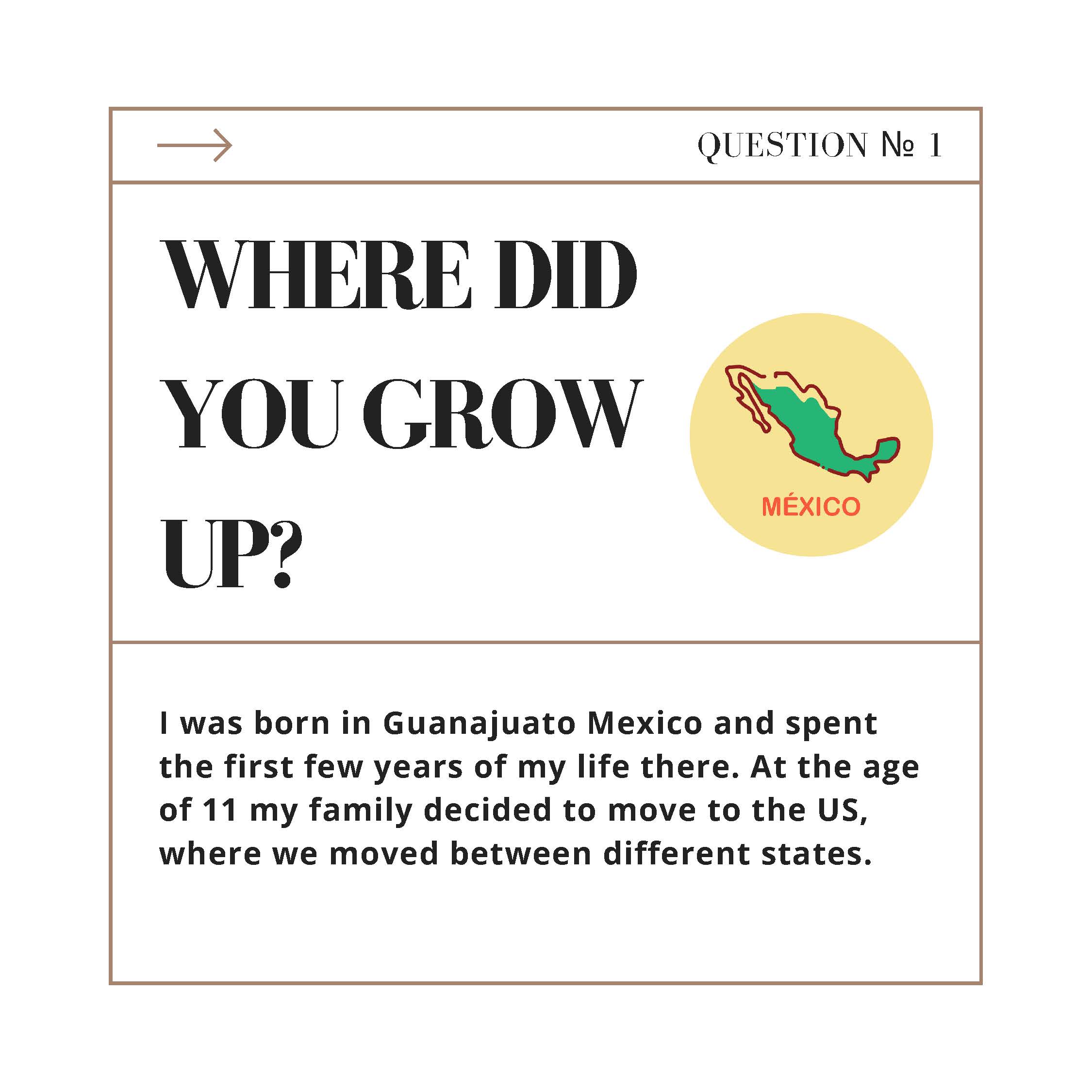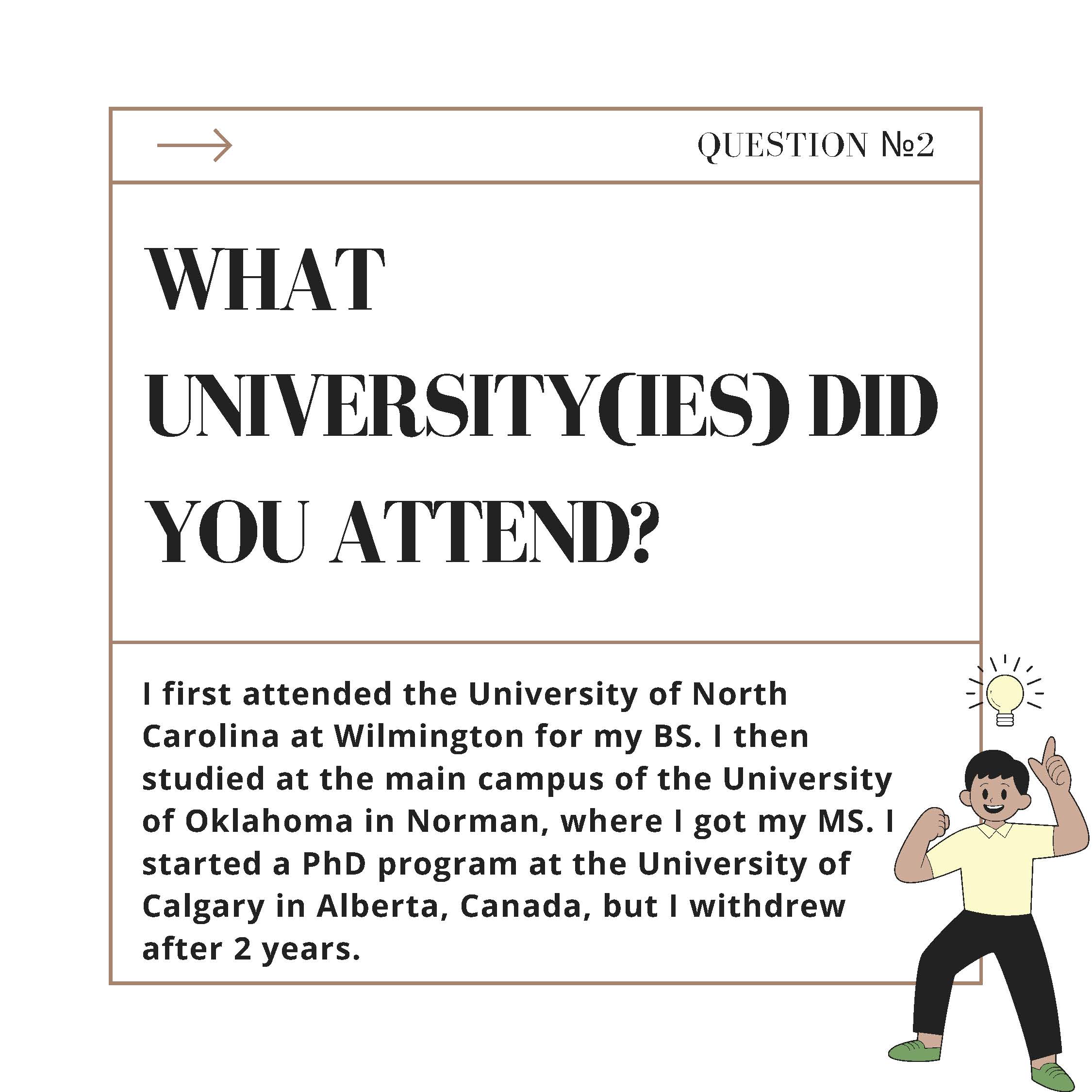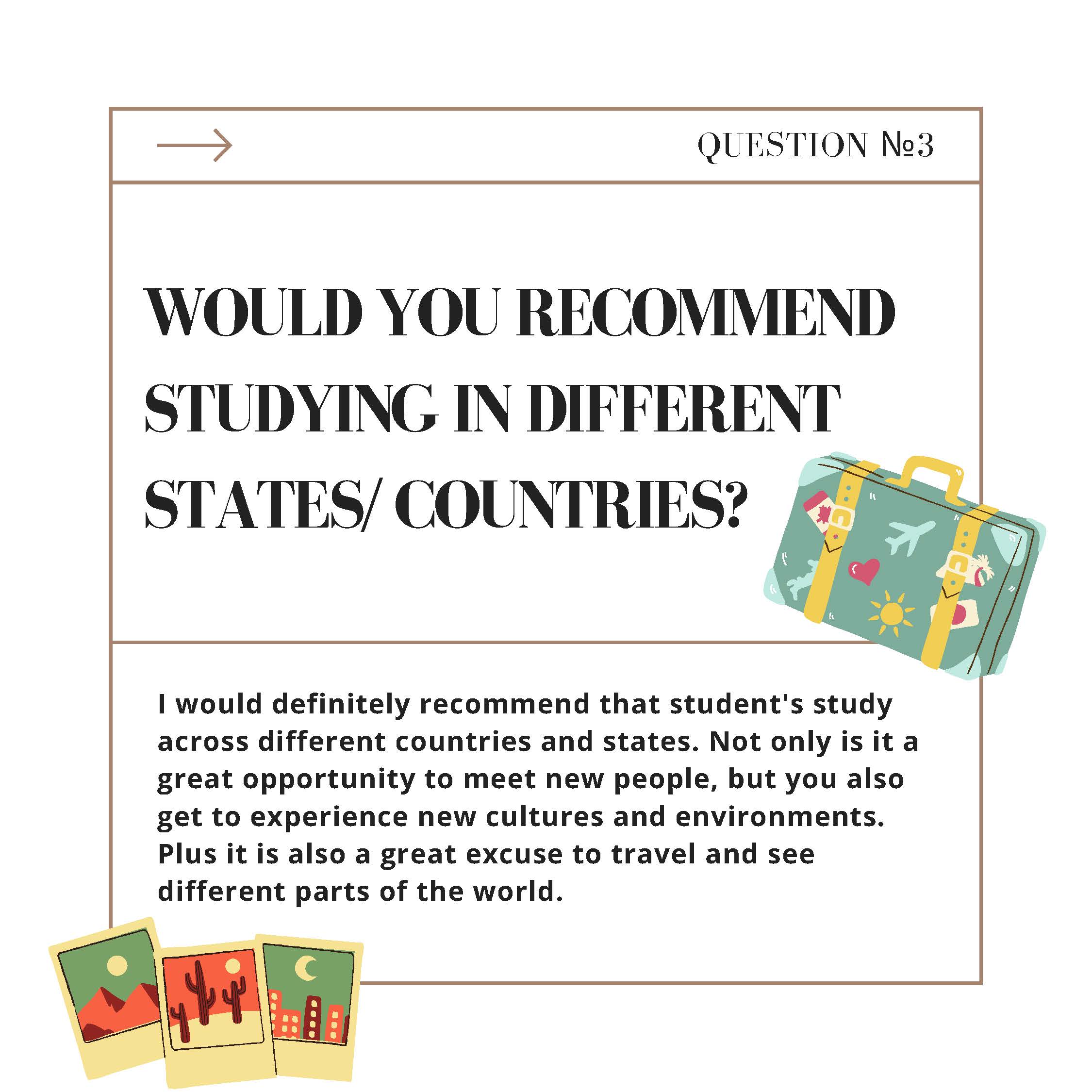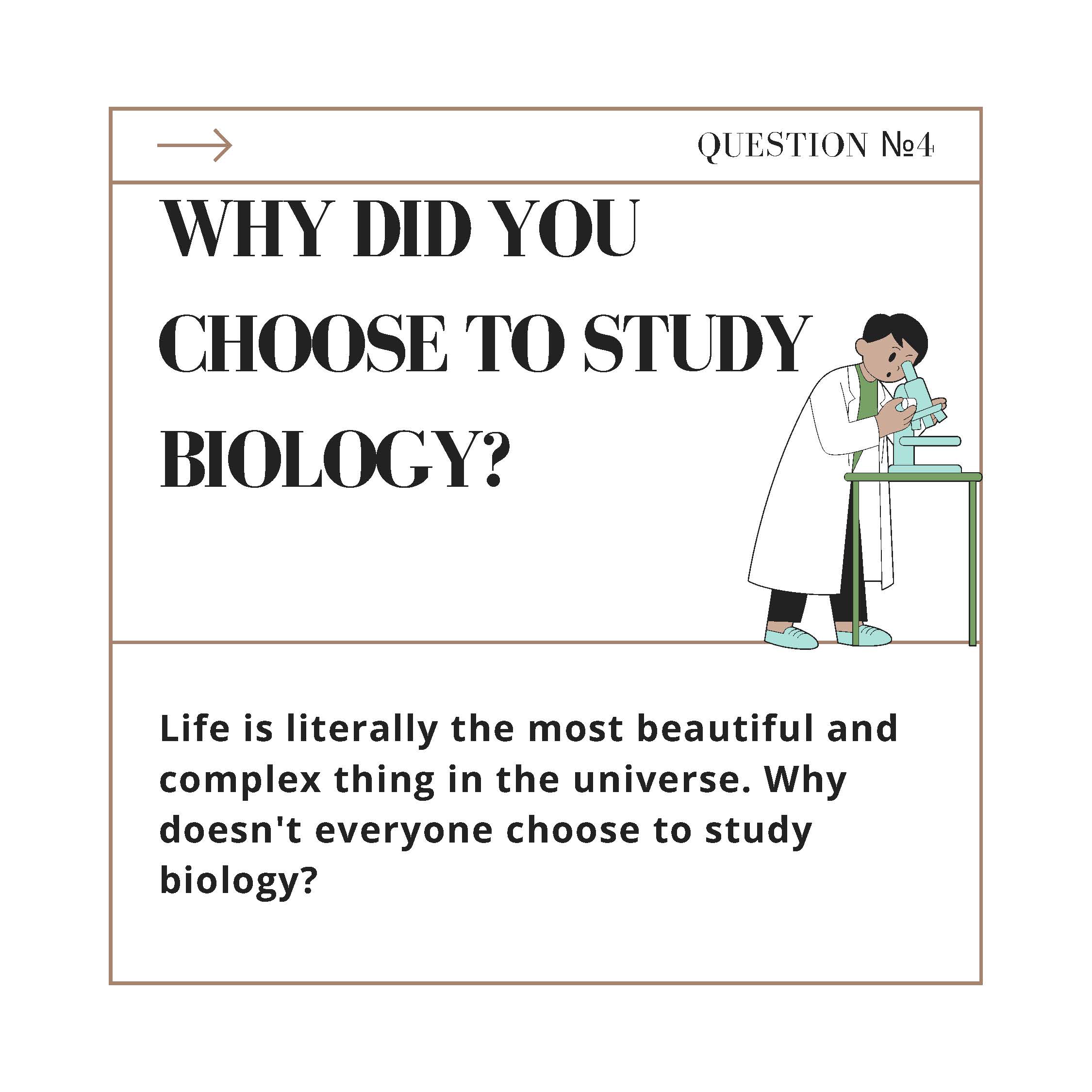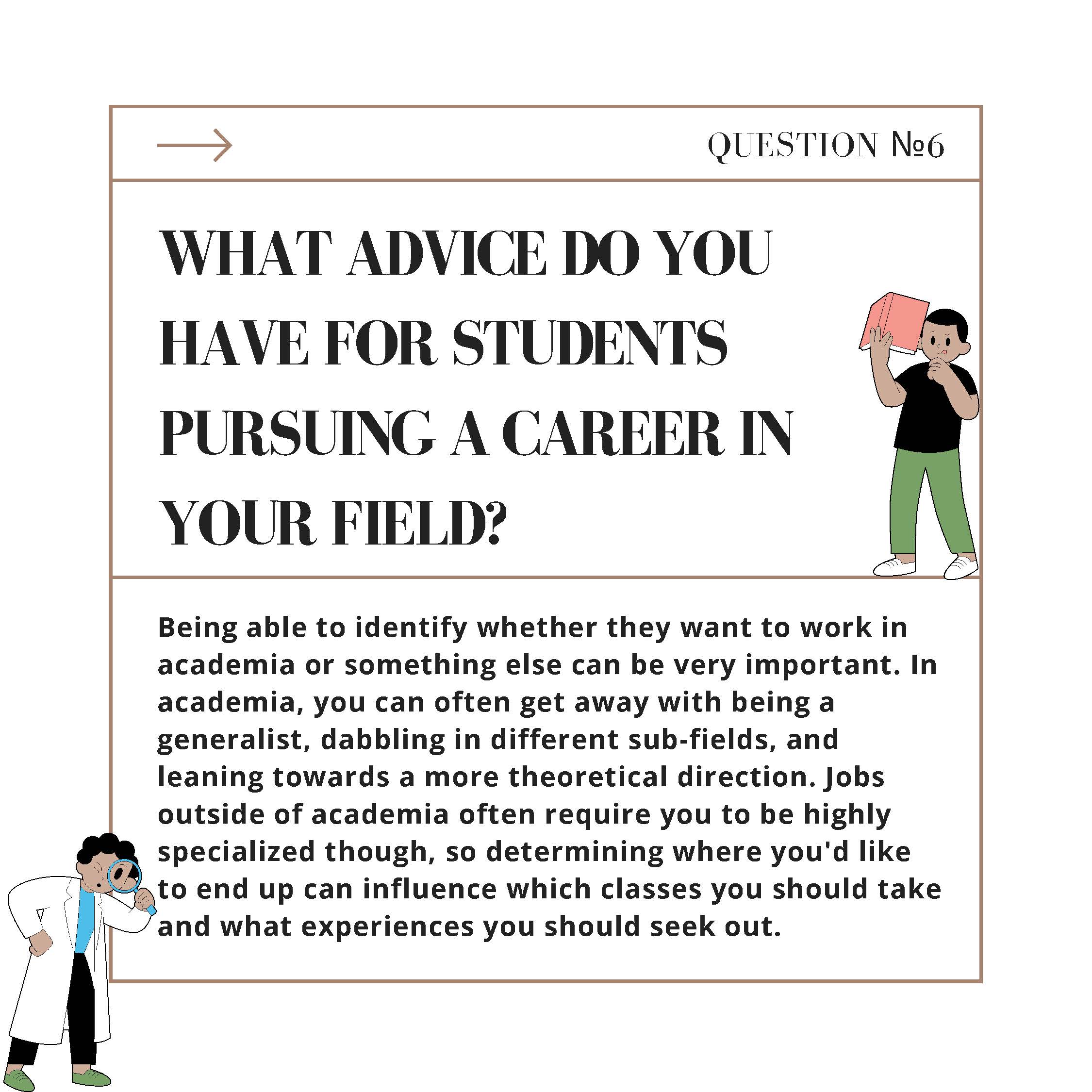Meet Our New Faculty
Fall 2023 Issue
Fond Farewells and New Welcomes
Another year we have to say goodbye to faculty and staff who have served The School of Natural Sciences & Mathematics. We bid a fond farewell to Dr. Juan Tolosa, Associate Professor of Mathematics - 35 years, and Dr. Karen York, Associate Professor of Biology - 28 years, as they head off to well deserved retirement. Lastly, Executive Director of Laboratories and Facilities Dr. Justine Ciarolo has moved to Facilities and Operations as the new Director of Energy and Sustainability.
We wish them all the best in their new endeavors.
With these departures, we take pleasure in welcoming new faculty and staff to the NAMS family:
- Dr. Camilla Alves Souto, Assistant Professor of Marine Sciences
- Luis Arriago, Biology Teaching Specialist
- Jeffrey Dukes, Physics Teaching Specialist
- Ryan Hegarty, NJDMVA Intern Advisor
- Vashti Mahadeo, Environmental Sciences Teaching Specialist
- Richard Vetter, Sustainabiltiy Farm Specialist
Learn more about our new faculty:
Dr. Alves Souto
Assistant Professor of Marine Science
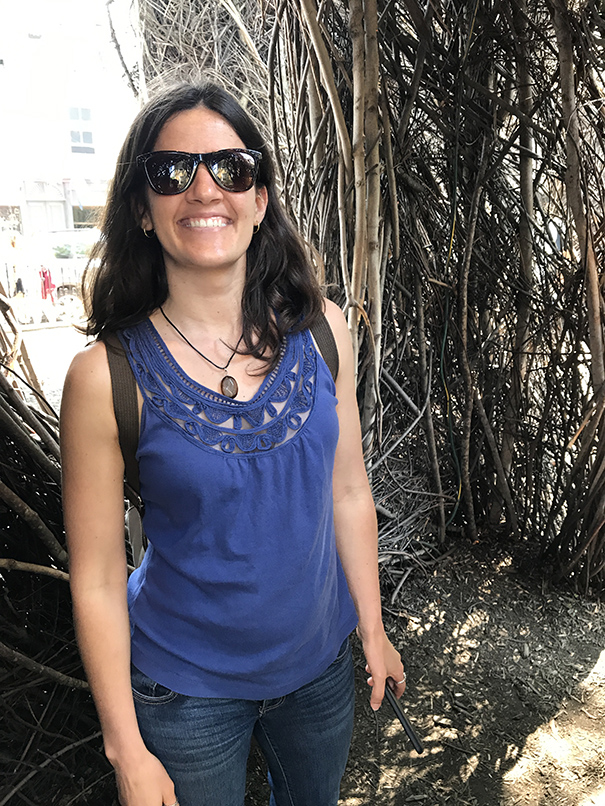
I grew up in the Northeast of Brazil and graduated in Biology at the Federal University of Bahia. I have fond memories of my undergraduate years, which prepared me very well for my journey ahead. I was part of a wonderful cohort of peers who were dedicated to study, research, service, and laughter! Undergraduate research was the norm, and the lab was our second home. During those years, I discovered my passion for echinoderms―sea urchins, sea cucumbers, sea stars―a group of fascinating organisms that lack eyes, limbs, brains, and yet, have been around for more than five hundred million years.
Despite our individual interests, we helped each other and one of my most exciting field experiences was collecting frogs and lizards in the Brazilian Atlantic Forest. The symphony of frogs calling during the full moon was mesmerizing. I also coordinated a biology conference with workshops, plenary sessions and student presentations for over 1,000 participants. Except for the scientific committee who evaluated the submitted abstracts, the conference was entirely organized by undergraduates. We raised money, invited scientists from all over the country, publicized it, registered participants… we did everything, and it was a success. We also got together to relax on the soccer field, on the beach, at Carnival!
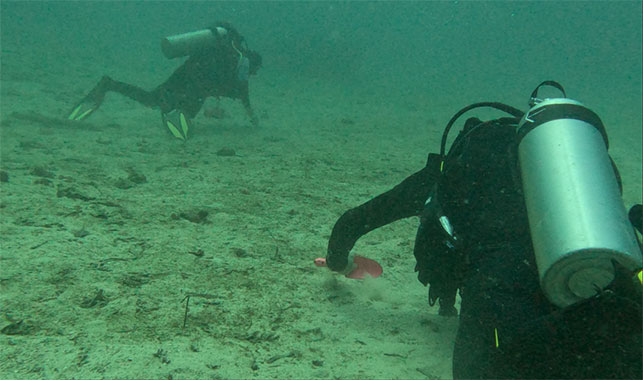
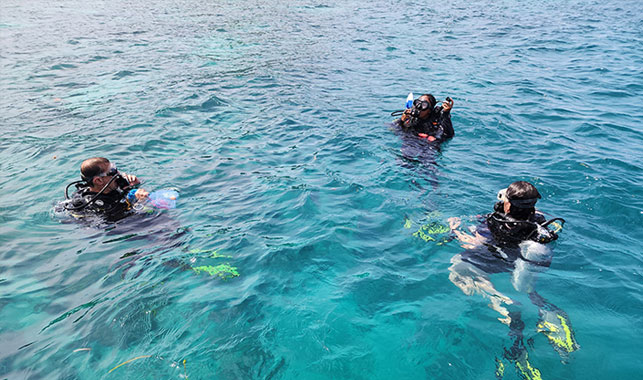
Then I moved to the San Francisco Bay Area for graduate school, where I delved into evolution in deep time. Learning about the evolution of life over hundreds of millions of years was a humbling experience that challenged my understanding of life and opened my mind to the vast complexities out there. This trajectory shaped my research (and, therefore, my teaching) agenda, which integrates evolutionary biology and paleontology. After finishing graduate school, I moved to Washington, DC, where I did a postdoc at the Smithsonian National Museum of Natural History. In addition to doing research, I had the opportunity to prepare educational activities and interact with the public at the museum and virtually, when we were all isolated in our homes. I arrived in Stockton last fall and have had a great time getting to know the Osprey community. After living in densely populated urban areas, I love hearing the birds and being surrounded by trees.
While my research primarily involves specimens held in museum collections around the world (which are extremely important repositories of biodiversity), I also study live organisms.
I've had the privilege of doing fieldwork in various marine ecosystems around the world and I've been amazed by the biodiversity that exists.
In fact, some of the most inspiring moments of my life have been underwater. I have broad research interests and my projects are driven by my curiosity about, for example, how animals survived the most horrific mass extinctions, how and where they live, and how they are managing to stay alive in today's world. In my most recent project this summer, I was diving in the coral reefs off a small island in Indonesia to study the natural history of a species of cassiduloid (a relative of the sea urchin) that has only been seen alive by a handful of people. Some of the questions are: where does it live, how quickly does it burrow into the sediment, does it protect its babies? My research is highly collaborative and diverse. Having done extensive research as an undergraduate, I understand the immense benefits that research experiences offer. I look forward to expanding my group with interested ospreys!
Luis Arriago
Teaching Specialist of Biology
